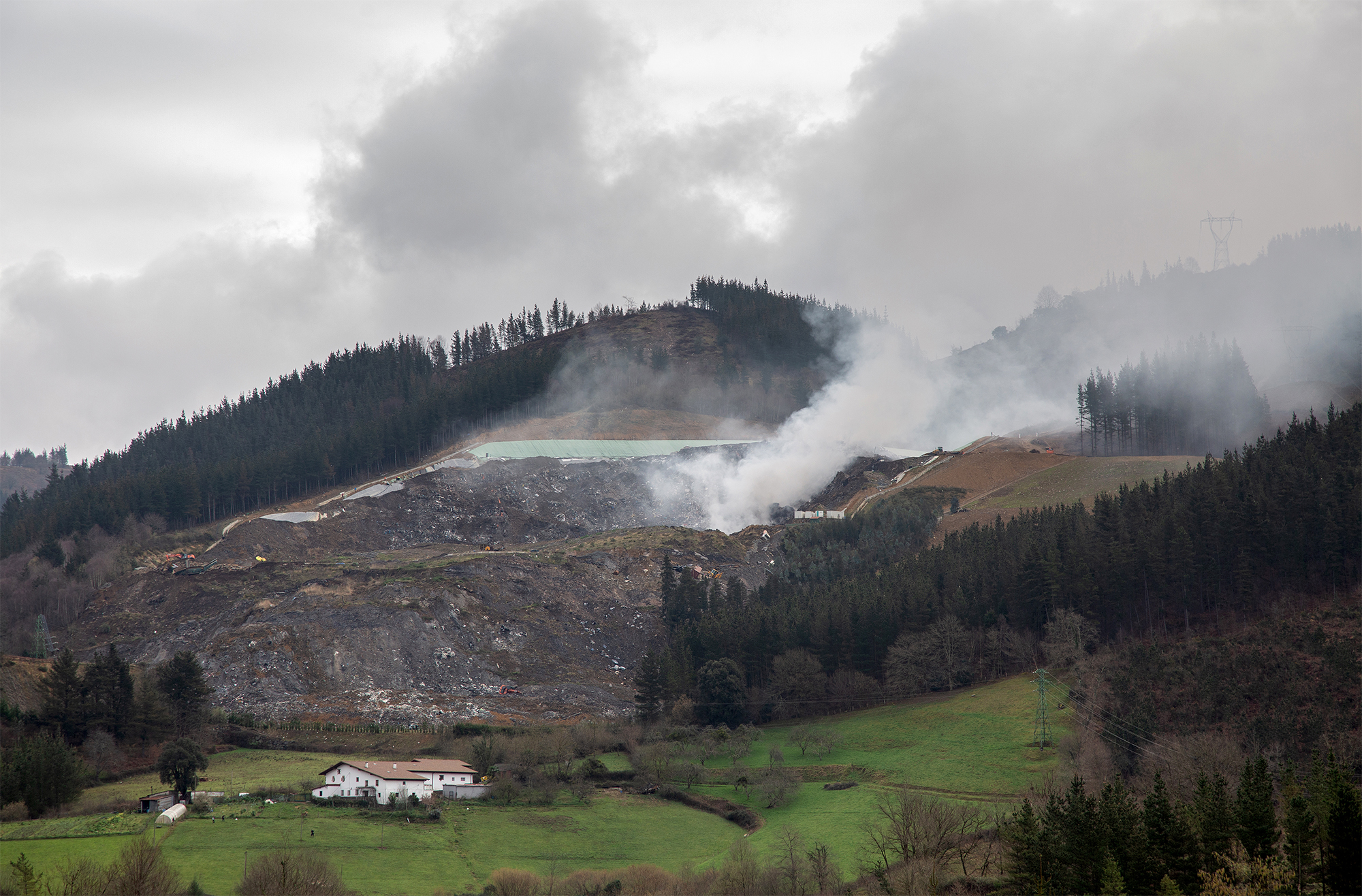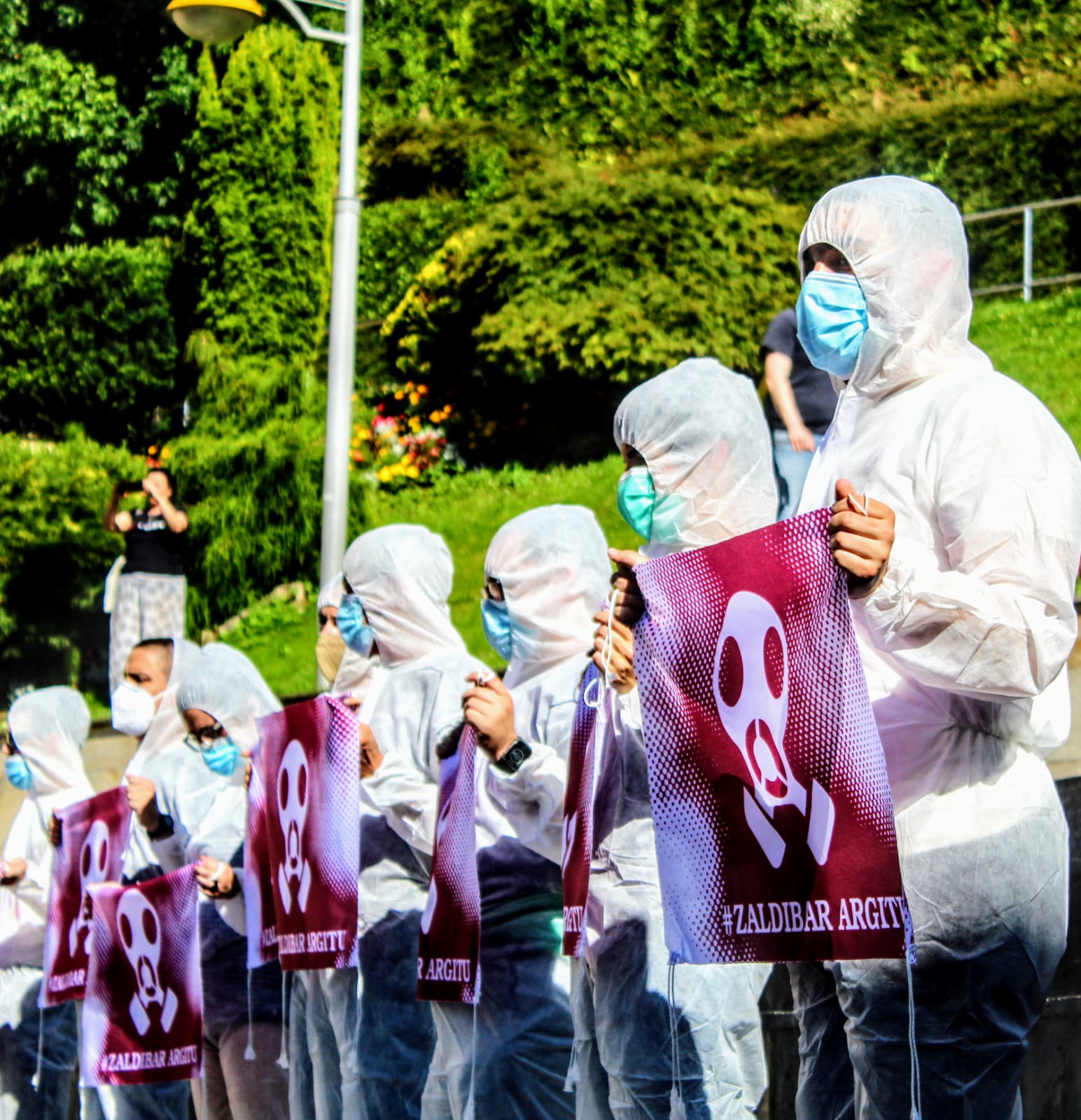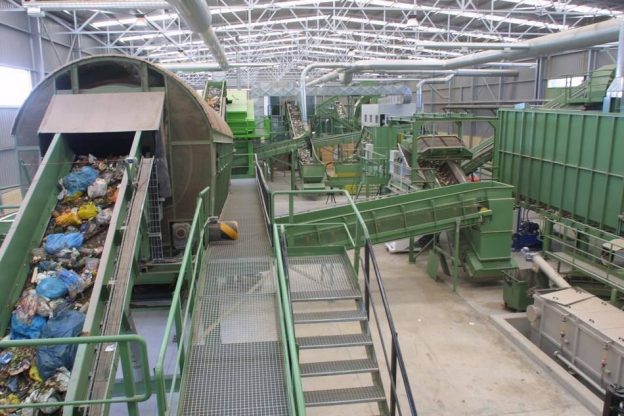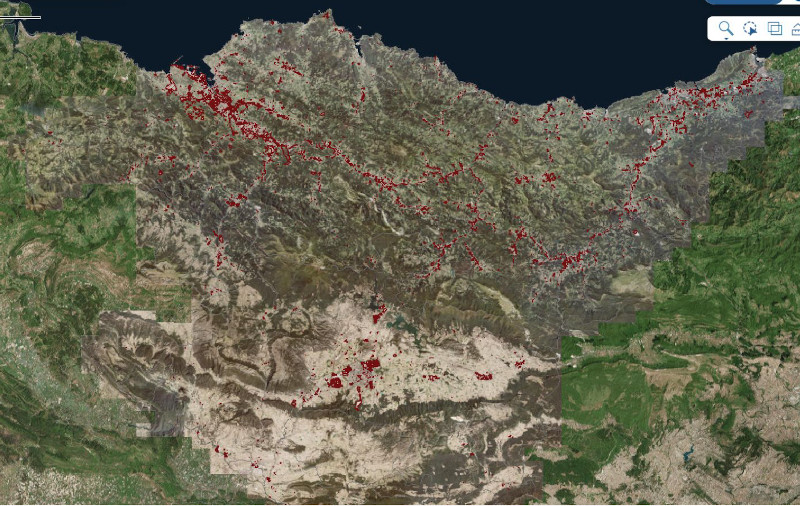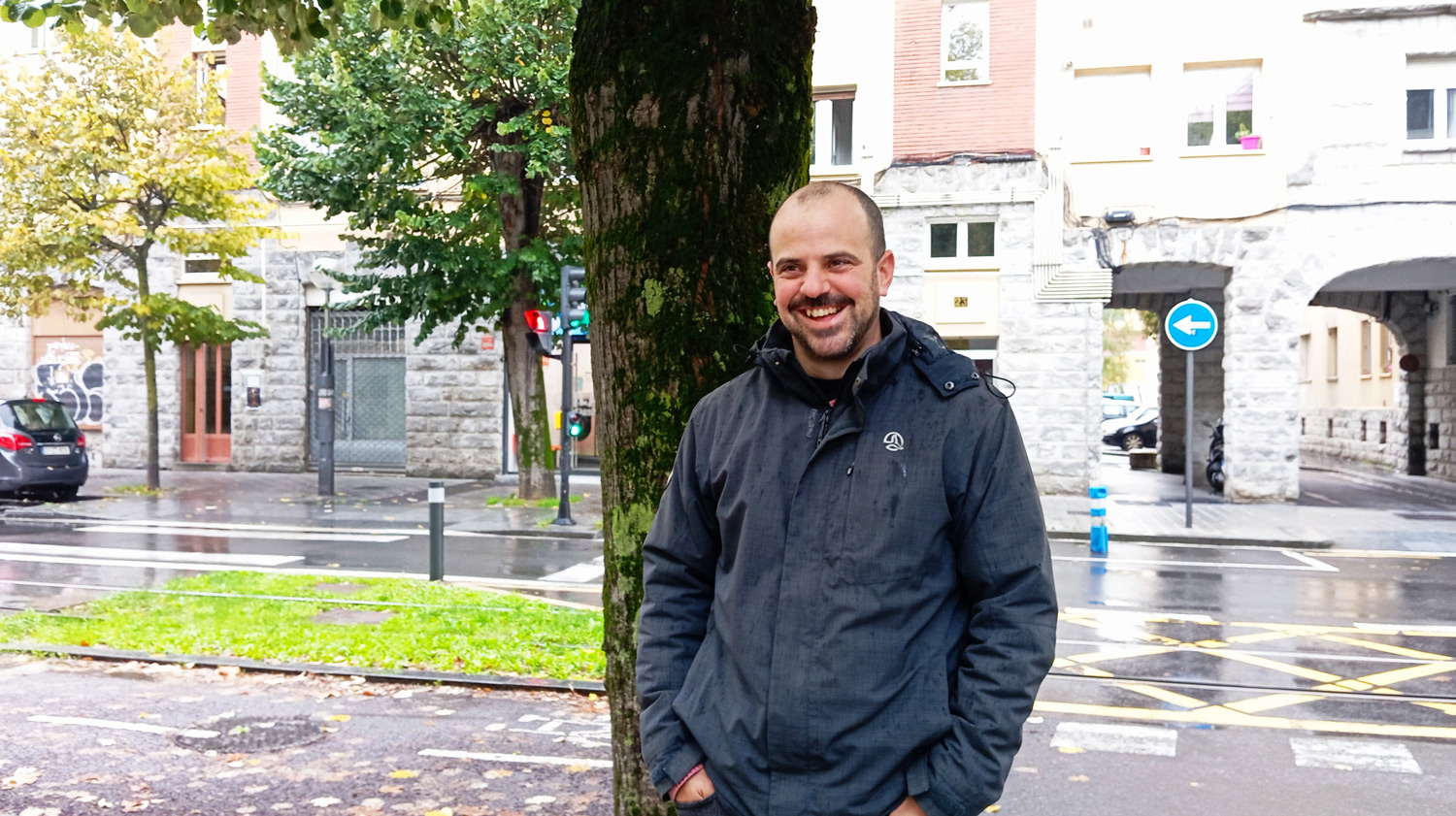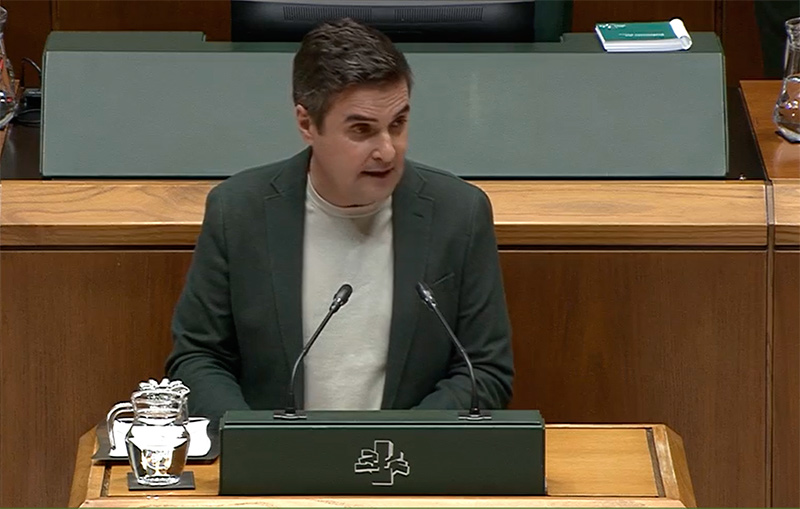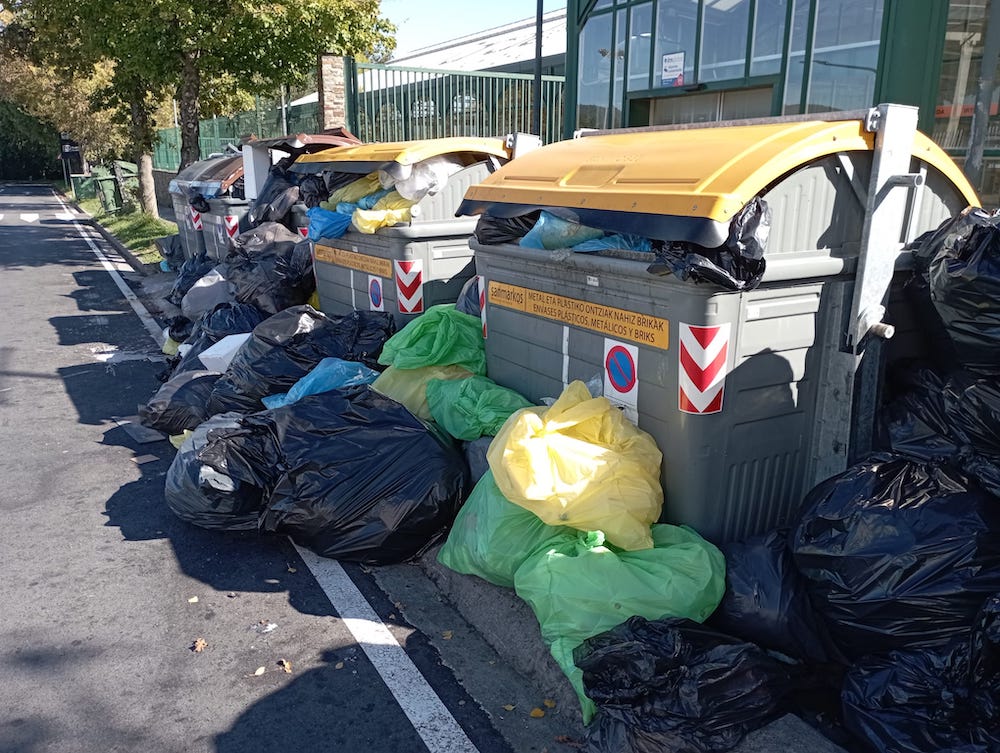Harrisburg and Detroit, two incinerating municipalities bankrupt
- Mayors in big cities in the United States have decided that energy from waste incineration is not renewable. Since they have known incinerators in the United States for years, the municipal authorities have warned that these gigantic furnaces, along with waste, calcinate the taxes of the citizens for many years, leaving their descendants with pollution and huge debts, as the people of Harrisburg and Detroit well know.
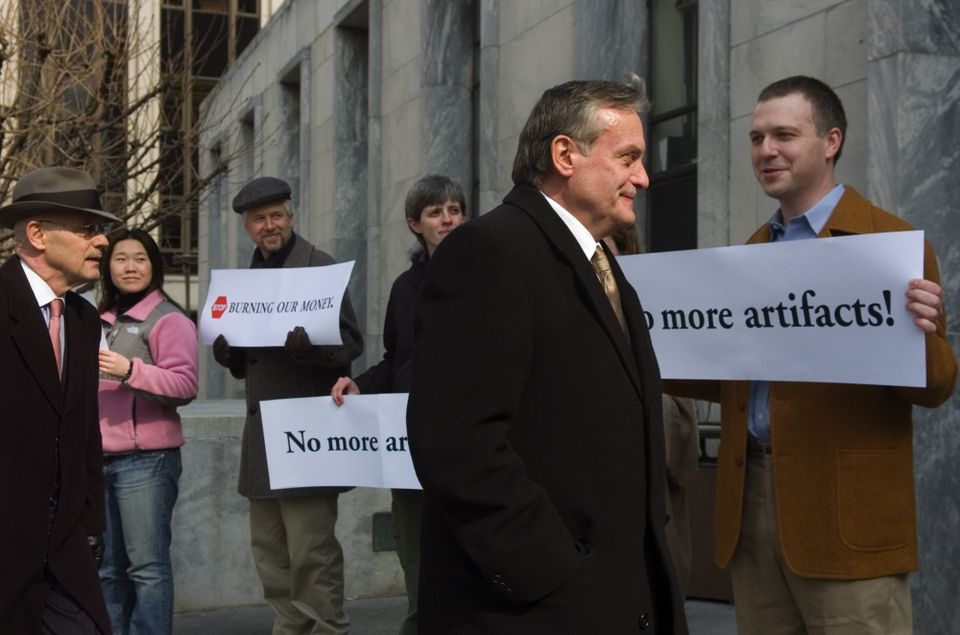
85 June. Congress has left out of the list of renewable energies the incineration of waste, which brings together mayors from municipalities of over 30,000 inhabitants, from the United States.
When Donald Trump has put in place a way to cut off the measures set in Barack Obama's time for renewables, the U.S. Mayors' Association. The lobby of incineration plants has been one of the entities that has tried to break the agreement between the mayors, as municipalities do not consider waste incineration to be renewable, according to Huffington Post.
The environmentalists are happy, and so are the groups opposed to the incinerator. Mary Booth, of Solidarity for the Transparency of the PFPI Policy, said: “Incinerators have to burn plastics and other polluting materials to produce energy and pollute more for megawatts than coal plants. Incineration is a dirty technology and it is not worth taking it as renewable energy.” But is that why mayors in big cities have faced the lobby? Surely it has also had to do with the poor experience they have had with the incinerators' accounts. Several municipalities have been devastated by waste incineration in recent decades. Harrisburg and Detroit are mainly mentioned.
The capital of Pennsylvania, Harrisburg (50,000 inhabitants), is known worldwide for the accident at the Three Mile Island nuclear power plant in 1979. This accident, which questioned the safety of atomic energy, opened the doors to Jack Lemon and China Syndrome, by Jane Fonda, caused an earthquake in the world. The 2011 earthquake, which disrupted the city, went much more unnoticed: in October the mayor declared bankruptcy to ask for the assistance of the judges to maintain the municipal debts and the pressure of the creditors.
Commissioning in 1972, if the first EE.UU incinerator. It was going to cost at first $15 million, soon it became more expensive to nearly $100 million. It needed a restoration by the year 2000, if the Washington authorities did not want it to be closed down by pollution. The City Hall had a serious problem, the incinerator had to deal with the debts of 100 million accumulated over the years and, at the same time, collect the money needed to rehabilitate the plant.
For the mayor's happiness, Stephen Reed, he believed, met the small company Barlow Projects that wanted to do business in incineration. Considering that its project was going to be the solution to all the problems, a new loan of EUR 125 million was made available in 2003. But the contractor was unable to complete the work and in 2007 the city council handed over the exploitation of the incinerator to the giant Covanta, which has incinerators all over the world. Loan of $60 million more in 2007. They leave...
He lost the mayor's office in 2009 after Stephen Reed took over Harrisburg for 30 years. In 2012, after performing a municipal audit on behalf of the court, the experts concluded that Reed indebted the municipality much more than the law allows. In 2013, the new consistory had to adopt a package of measures to manage the bankruptcy imposed by the Washington authorities, including selling the incinerator, increasing taxes on citizens and selling their municipal property.
Major incineration
From the mayor's office to the courts, in 2015 the prosecutor decided that the incinerator was the main problem in the Harrisburg scandal and asked to prosecute the former mayor for theft, corruption and eviction of evidence. The judge considered some of the crimes outlawed, but not those of public money theft, and in 2017 sentenced Stephen Reed to two years in jail for embezzlement.
Detroit is another city that the incinerator has led to disaster. ARGIA tells the misfortunes of Detroit, the Detroit picked up by the automobile industry to the skies of prosperity, has fallen to the abyss of poverty and misery. It is not so well known that one of the problems that led to bankruptcy was its incinerator.
When it was built in 1986, the big furnace should be one of the keys to Detroit's regeneration, because it was then considered a cutting-edge technology, which was supposed to attract many new companies into the subtraction. The activists of the environmental association Evergreen failed to stop one of the world’s largest incinerators with their protests.
It soon became apparent that clean energy was false. First, the stench, which, as at the beginning, is still the source of many complaints, which have also been narrated by newspapers like The Guardian. But in addition to the bad smell that irritates the population, it is also a source of serious pollution: nitrogen oxide, sulphuric dioxide, carbon monoxide, lead... The incinerator became one of the major pollutants in the state of Michigan. There were reports of diseases that were multiplying among the population and especially among children. The Michigan Environmental Protection Agency has opened dossiers to Detroit Renewable Energy, a company specializing in environmental protection.
Because euphemism is the most polluting industry, company affiliates are called Detroit Thermal, Detroit Renewale Power, Detroit Renewable Cooling... They are all part of the Atlas holdings company, which has been distributed throughout the world. He claims without complexes that his business is to invest in bankrupt companies.
But in addition to the contagion, the incinerator became the invisible financial hole of Detroit City Hall. It has never generated the promised benefits, either in the beginning or to final.Poco after its opening, in 1991, the City Hall had to sell its debt to private investors, but even though it was no longer municipal, citizenship had to continue to pay bonds of its debt. In total, according to estimates from the Detroit Zero Waste Association, Detroit citizens have paid 1.2 billion dollars.
One of the problems with the Detroit incinerator is that it's too big. So Detroit has to burn the garbage that it's brought from other cities so it can continue to work. In the last years of debt life – payments were completed in 2009 – those who brought waste from abroad paid 13 dollars per tonne, but that of Detroit’s citizens was obtained at 150 dollars per tonne.
It is no wonder that the association of US mayors has not approved the incineration of renewable energies. They have learned well the debts Bizkaia has and the abyss to which Gipuzkoa has just arrived.
The City Hall of Donostia-San Sebastián announced at last Thursday’s plenary session that it will increase the waste rate by 26.5% from January 2025, claiming that Waste Law 7/2022 obliges this. Eguzki, for its part, has denounced that the law only applies in terms of costs,... [+]
August is the holiday month for many people, including those who rule. And yet it is common to take advantage of the month of August to deal with some issues without much noise, albeit of great importance.
This is what is happening with the project to centralize sludge... [+]












